Does Bom Sucesso constitute the most permanent contemporary architecture exhibition?
At the begining of the 21st century, a very special residential resort appeared in Portugal: Bom Sucesso Resort.
Located south of Óbidos Lagoon, it was designed as a living experiment in contemporary architecture.
600 houses were planned (about 200 remain unfinished), featuring 65 different architectural designs by a group of 23 mainly Portuguese contemporary architects — including three Pritzker Prize winners: Álvaro Siza Vieira (1992), Eduardo Souto de Moura (2011), and David Chipperfield (2023).
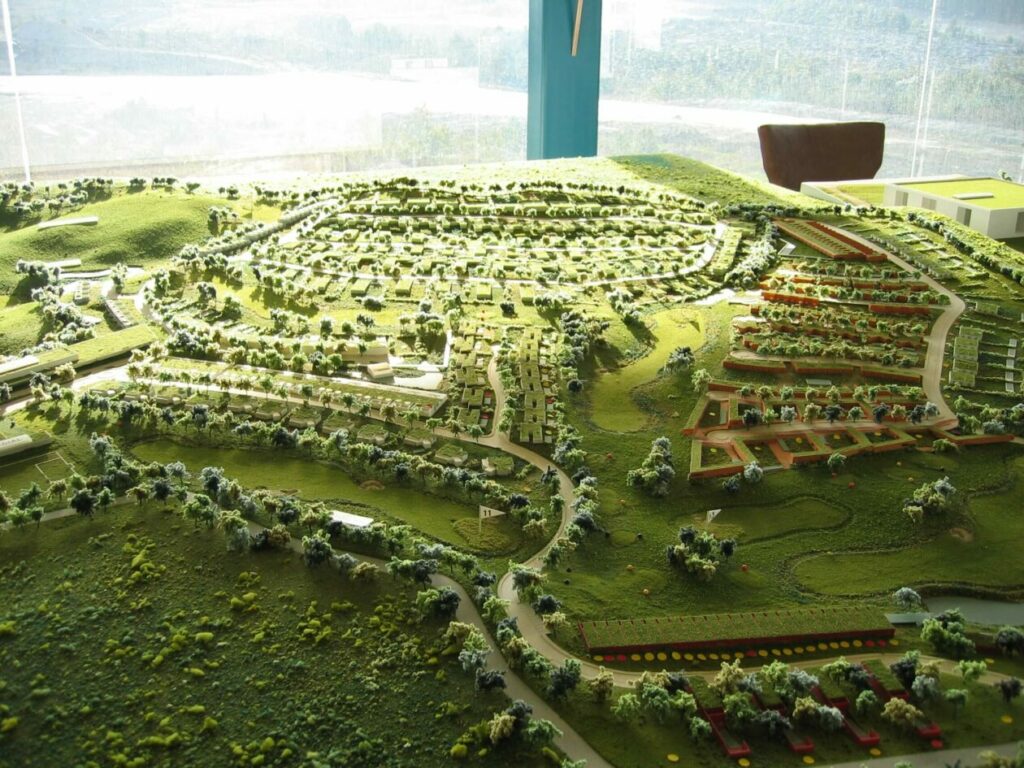
These houses were created for both permanent living and holiday escapes, forming a unique blend of modern architecture and golf resort life.
Bom Sucesso was advertised: “Bom Sucesso will constitute the most permanent contemporary architecture exhibition.”
But is this really true?
Let’s see how it compares to other famous modern architectural neighborhoods around the world.
1. Weissenhof Estate, Stuttgart, Germany (1927)
One of the earliest and most influential experiments in modern housing, the Weissenhof Estate was a showcase of new architectural ideas 1927.
Álvaro Siza Vieira mentioned Weissenhof as an inspiration for the concept behind Bom Sucesso Resort.
Buildings: 33 buildings (around 60 homes)
Architects: 17, including Le Corbusier, Walter Gropius, J.J.P. Oud, Mart Stam, and Bruno Taut
Style: Flat roofs, ribbon windows, open-plan interiors — the essence of Neues Bauen (“New Building”)
Significance: Built in just a few months for a housing exhibition curated by Ludwig Mies van der Rohe. It has still impact today!
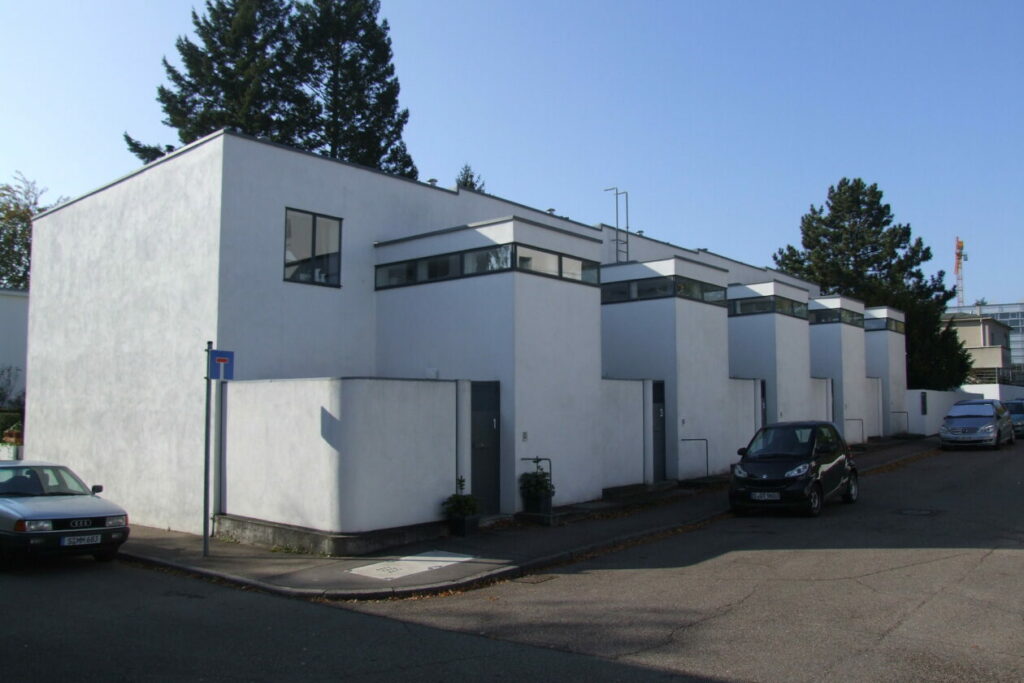
Image from Flickr: Dāvis Kļaviņš
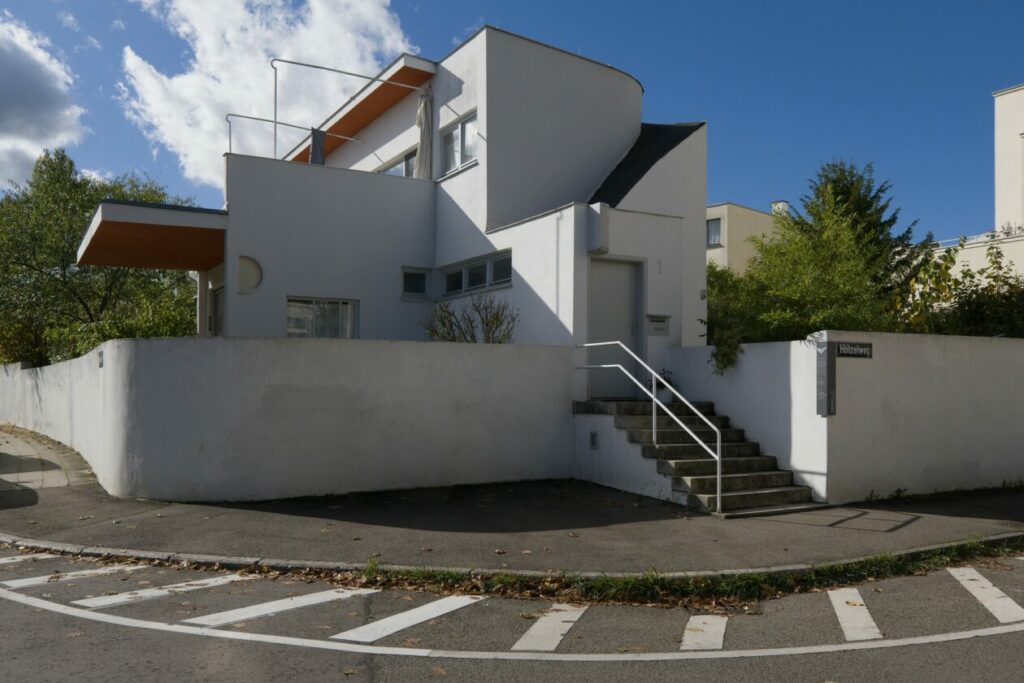
Hans Scharoun (1926), Image from Flickr – Rob Oo
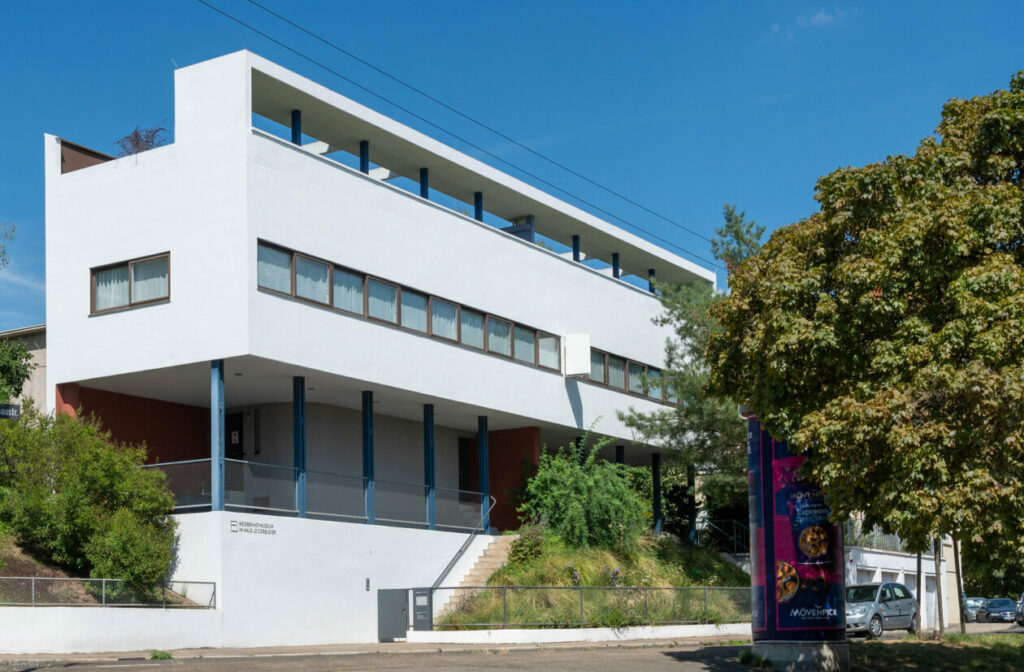
Le Corbusier House, Image from Flickr xiquinhosilva
Comparison: Bom Sucesso is larger in number of houses, but Weissenhof remains a concentrated and historic showcase, defining modern architecture in its time.
2. White City, Tel Aviv, Israel (1930s–1950s)
The White City of Tel Aviv is the world’s largest collection of Bauhaus-style buildings. After World War II, many architects brought modernist ideas to the new city.
Buildings: Over 4,000 apartments
Architects: Arieh Sharon, Zeev Rechter, Dov Karmi, and others
Style: Bauhaus / International Style — flat roofs, cubic forms, roof terraces for climate adaptation
Significance: Recognized as a UNESCO World Heritage Site (2003) for its modernist urban planning.
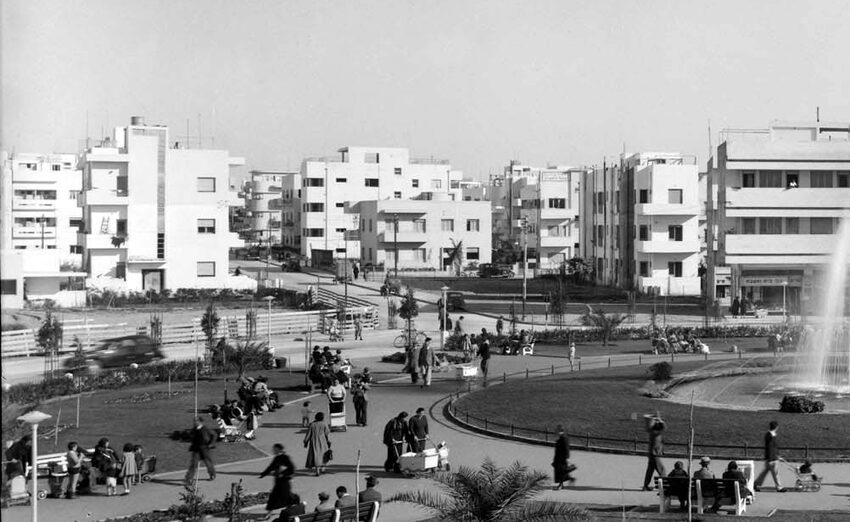
Image from a publication of Ariel Noyman POWERSTRUCTURES: the urban form of regulations
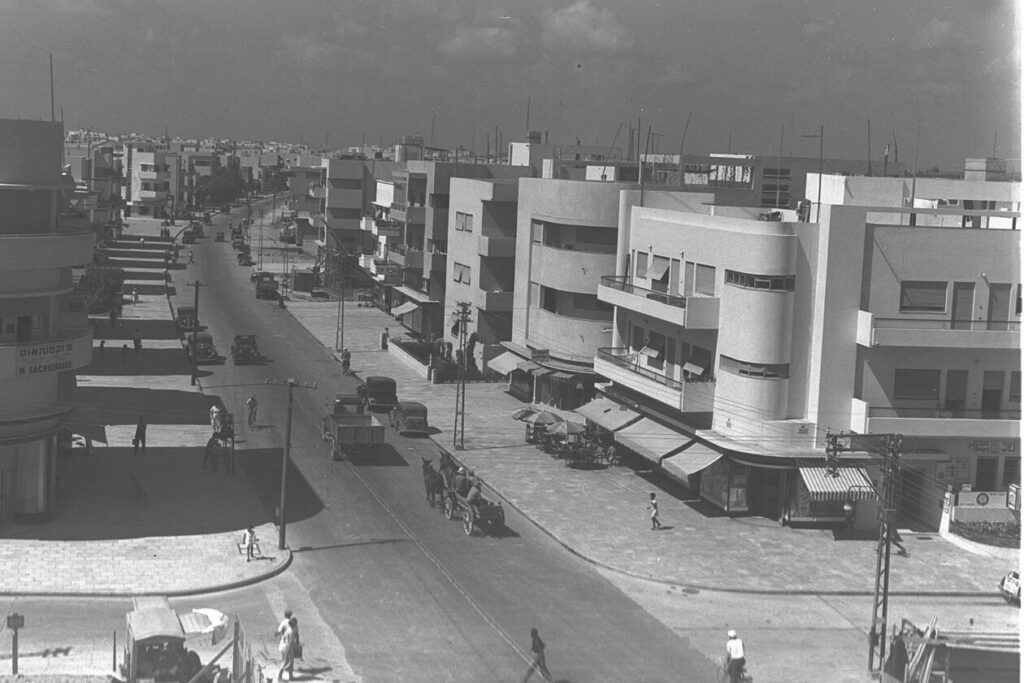
Image Wikipedia Zoltan Kluger
Comparison: White City is enormous and urban, composed mostly of apartment blocks (3–5 stories).
Bom Sucesso, in contrast, is a resort of individual villas, each with its own architectural identity — more private, experimental, and design-driven.
3. Eichler Homes, California, USA (1949–1970s)
Developer Joseph Eichler built thousands of mid-century modern houses across California, introducing modernist design to suburban America.
Number of houses: ~11,000 in total i the US, the City Palo Alto alone has about 2,700 and The Highlands in San Mateo includes ~650 Houses in just one community.
Architects: Anshen + Allen, Claude Oakland, Jones & Emmons, A. Quincy Jones, and Robert Anshen
Style: Open floor plans, post-and-beam construction, glass walls, and seamless indoor–outdoor living
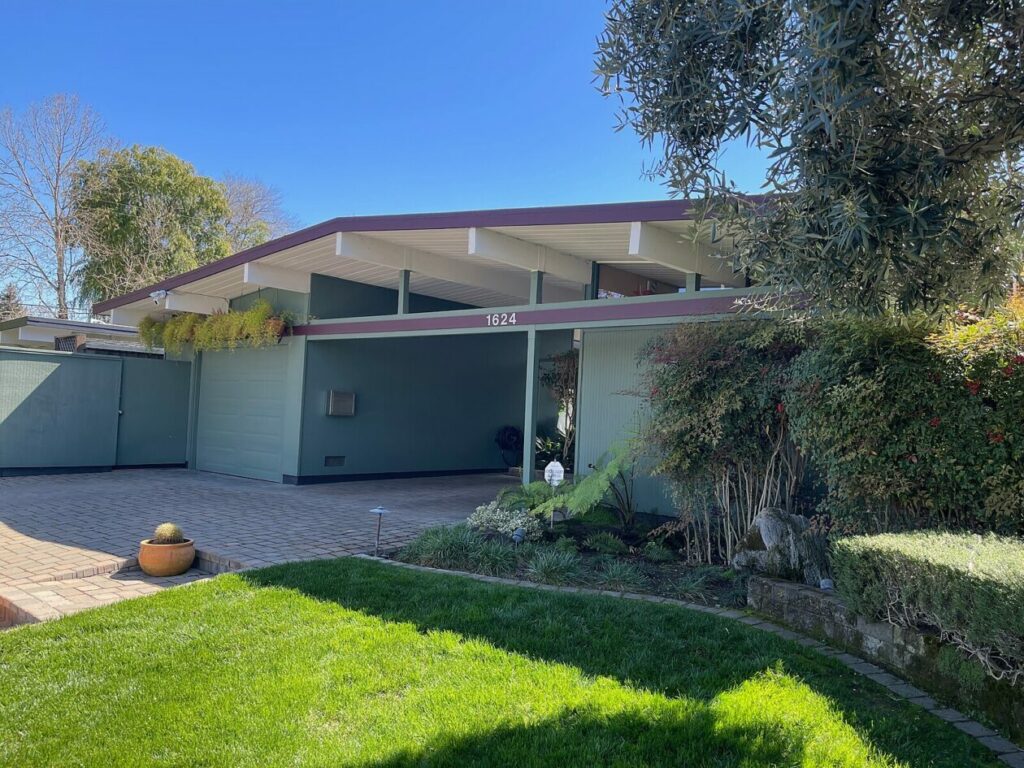
Image Wikipedia Greghenderson2006
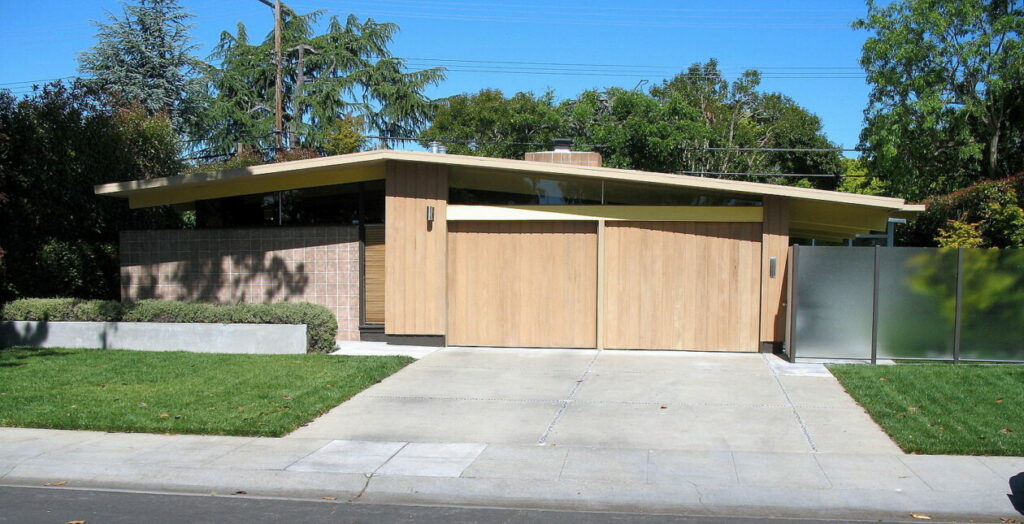
Image Wikipedia Sanfranman59
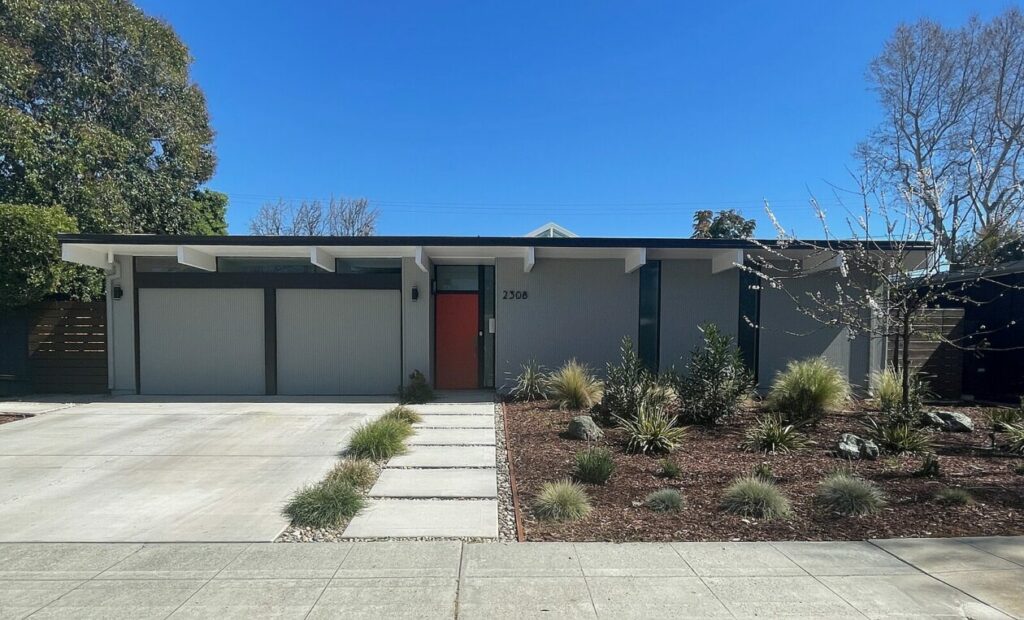
Image Wikipedia Greghenderson2006
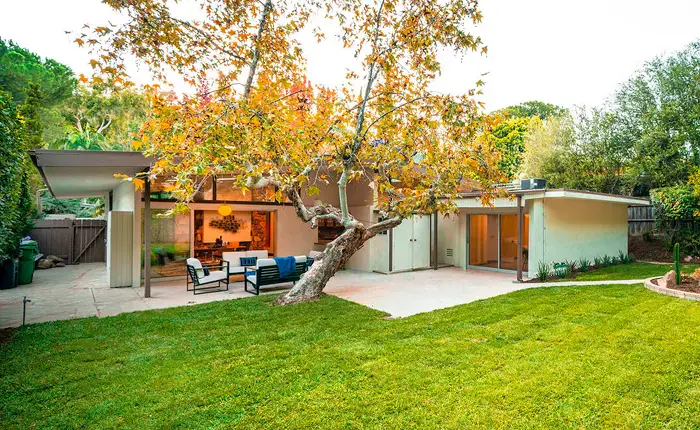
Comparison: Eichler’s developments were built for the middle class and spread over many neighborhoods.
Bom Sucesso, by contrast, is smaller in total number.
4. Palm Springs, California, USA
Palm Springs is a paradise of mid-century modernism, with entire neighborhoods designed in the modern style by architectural icons.
Number of homes: Several thousand across neighborhoods like Vista Las Palmas, Deepwell, and Sunmor
Architects: Richard Neutra, Albert Frey, William Krisel, John Lautner, E. Stewart Williams, Donald Wexler
Style: Desert-adapted modernism, indoor–outdoor flow, and minimalist geometry
Significance: Known for celebrity and magazine homes, multiple important landmark buildings.
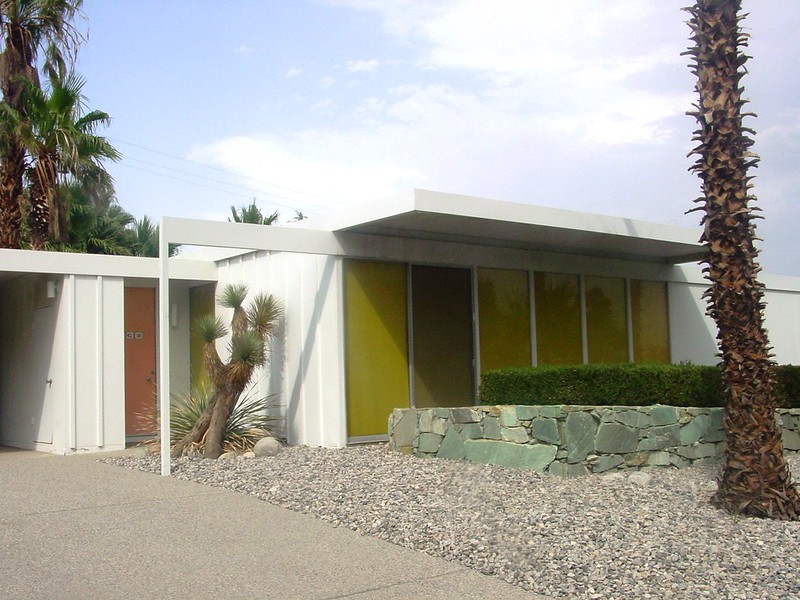
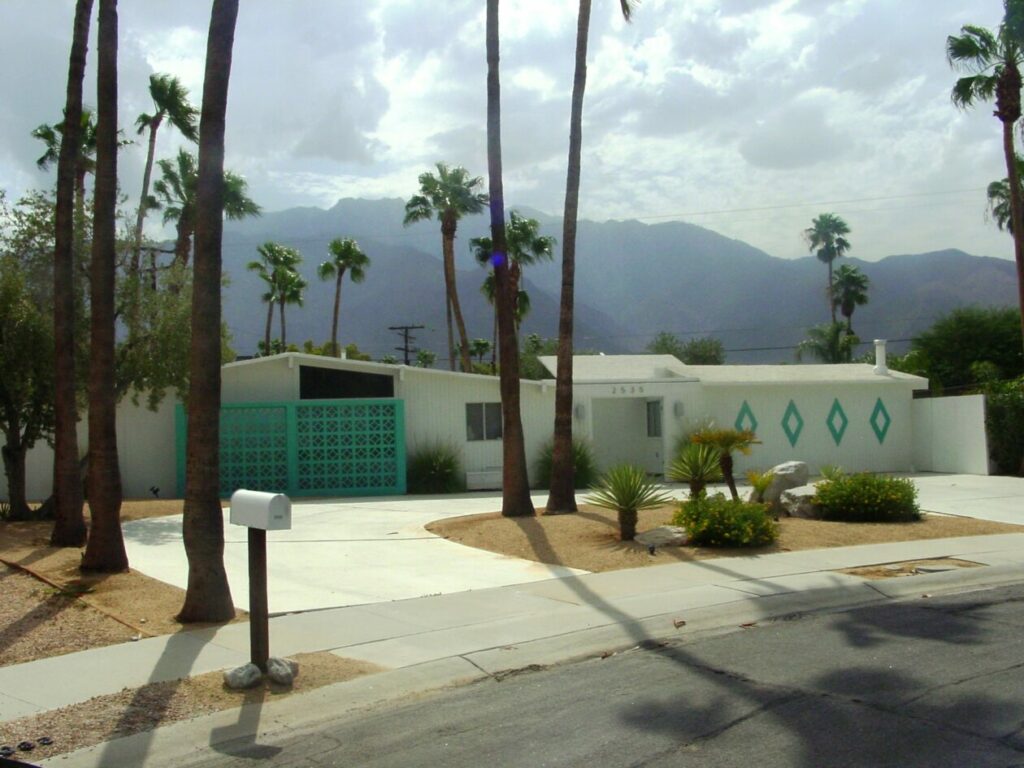
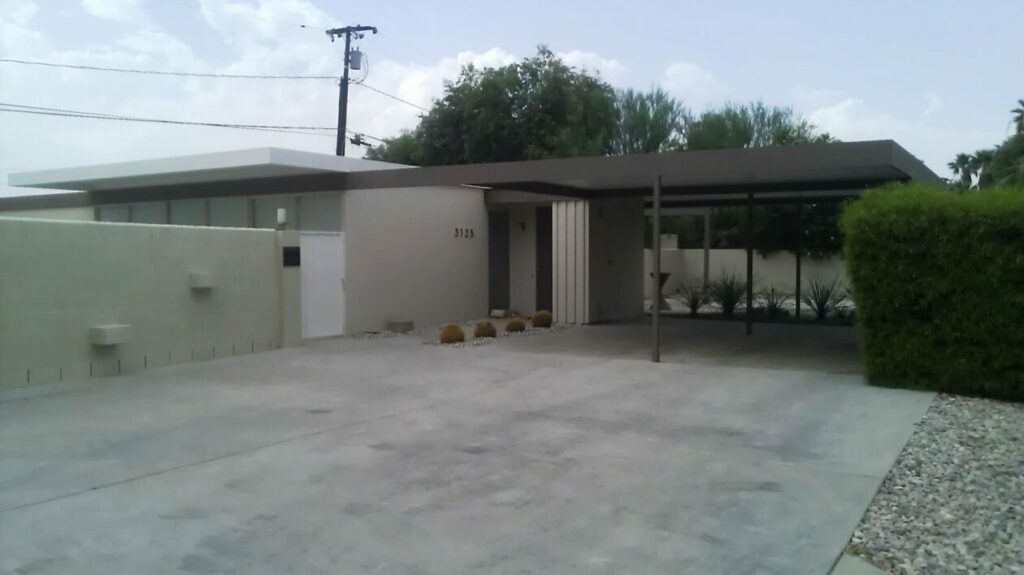
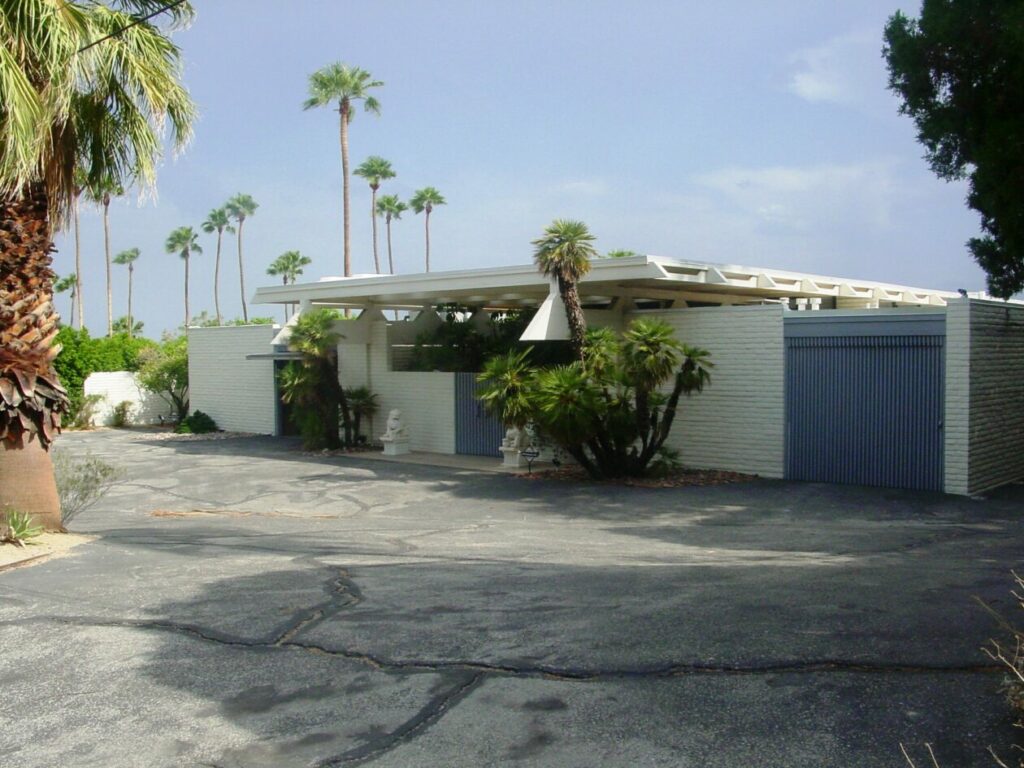
Images from Flickr Kansas Sebastian
Comparison: Like Bom Sucesso, Palm Springs feels like a “living exhibition.”
However, it grew organically over decades, not as one master-planned project — and its architectural language reflects mid-century America, not contemporary Europe.
So, Is Bom Sucesso the Largest?
In Europe, Bom Sucesso stands out as the largest contemporary housing exhibition ever built.
Globally, Palm Springs or the Eichler Home Communities may surpass it in total numbers — but Bom Sucesso is unique:
- It represents two generations of Portuguese post modern to contemporary architecture, from the Porto and Lisbon School.
- It brings together three Pritzker Prize winners within a 1.5 km radius.
- It is focused on Architecture Holiday Villa Designs.
Bom Sucesso is some thing very special and the largest contemporary housing exhibition in Europe.